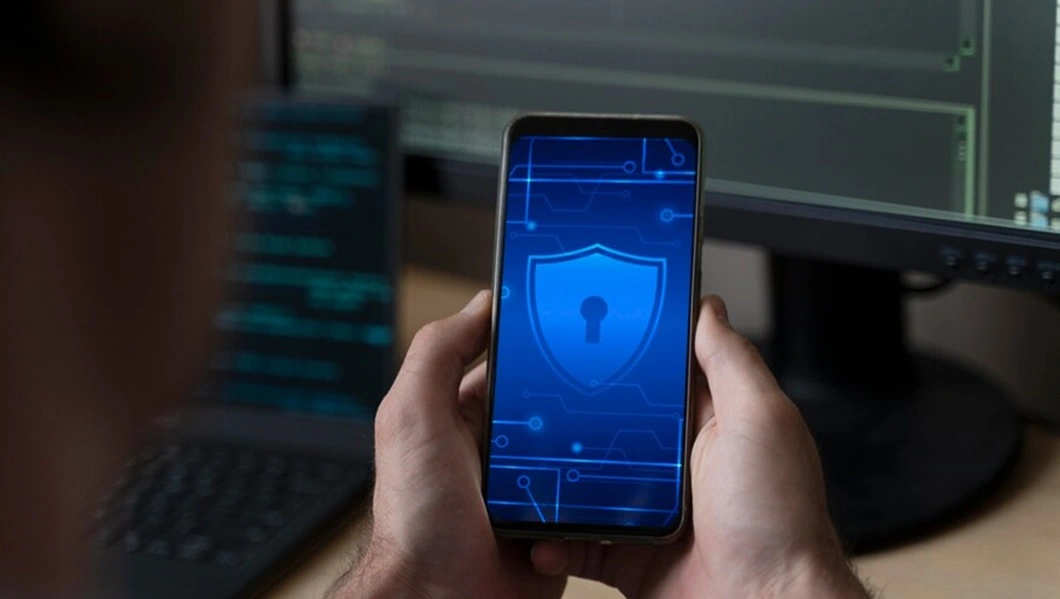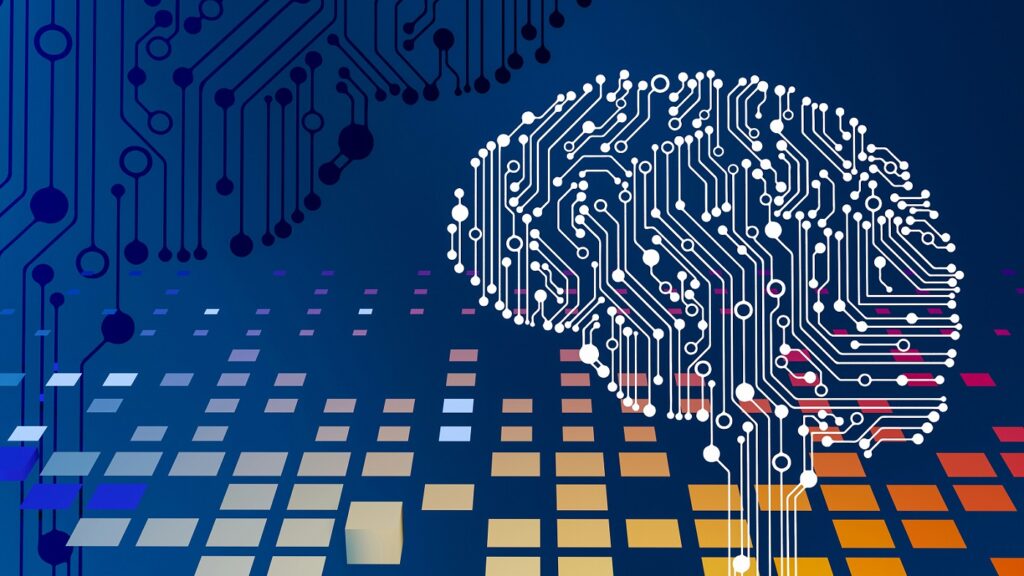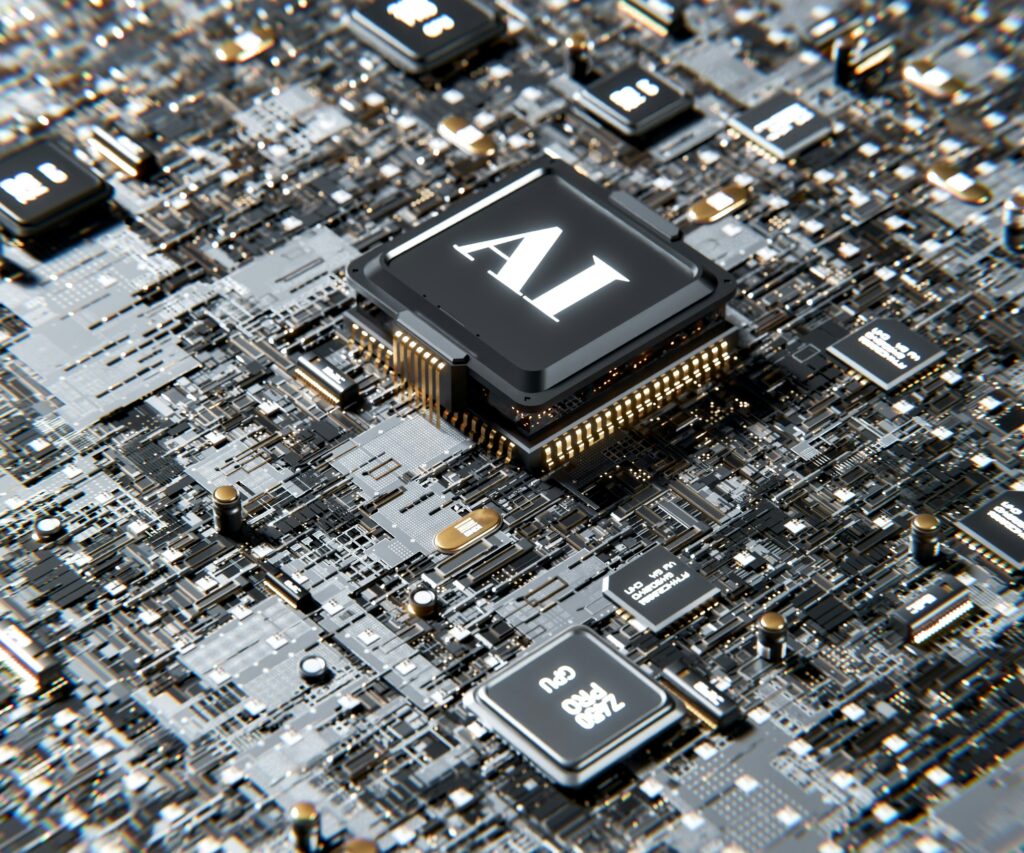This is where Artificial Intelligence often comes into play. Security solutions based on AI provide enhanced mechanisms to combat threats, identify breaches, and protect user data in real-time. AI security fights cyber threats by analyzing patterns, identifying suspicious behavior, and improving the infrastructure’s security so that it is difficult for hackers to breach.
Businesses need to integrate AI into mobile apps to enhance their security protocols, automating threat detection and response while gaining crucial insights to stay one step ahead of cyber threats. In this article, we are going to discuss how AI technology enhances security and data protection in mobile apps.
How AI is Revolutionizing Security in Mobile Apps?

1. AI-Powered Threat Detection
One of the great features of utilizing AI in mobile app security is that threat detection happens at a much faster rate than a human team. As millions of users consistently make content sharing activity, it becomes impossible to constantly view and analyze these interactions manually for any possible dangers. Modern applications of Artificial Intelligence can analyze big data flows to recognize specific patterns that might indicate a cyber threat.
Some behavioral patterns can be detected by AI, For example, a sequence of multiple logins from different geographical locations is likely to be a brute-force attack. AI employs ML models of learning from experience such that it is capable of detecting new forms of threats more proficiently. The speed at which new threats appear is still higher, therefore, the use of AI for mobile apps is important because hackers quickly attack weaknesses that developers are yet to anticipate and fix.
2. Predictive Analytics for Cyber Threat Prevention
Advanced predictive analytics is also another area in which AI is used to predict existing and potential security threats from current trends and past data. This is a positive approach that gives organizations the ability to assess risk factors that need to be fixed, drastically reducing the chances of a cyber attack. Thus AI can notify developers about apparent risks and give them opportunities to develop defensive measures way before they come into effect.
Such an example can be predicting potential Distributed Denial of Service (DDoS) attacks based on the traffic analysis of the network. If the system finds an abrupt traffic surge similar to that which characterized the initial anticipation of a DDoS attack, it will notify the security team and manipulate traffic or implement countermeasures to halt the attack before it escalates.
3. AI in App Testing
It is not easy for developers to analyze every possible loophole in the development of mobile apps. AI makes the task easy since it automates the testing of an app as well as scans for any vulnerabilities that can be exploited by a hacker. Cybersecurity threats are modeled on real-life experiences to assess how effectively the app protects against them; such analyses are very useful for mobile app security.
AI will also be able to pick up on other things like insecure coding approaches, old versions of the software libraries, or wrong security configurations. Activity automation checks allow to identification of these vulnerabilities at an early stage of development securing an app from breaches at later stages of development.
4. Enhancing Data Encryption and Privacy with AI
AI helps in making mobile apps secure by improving the methods of data encryption. Encryption requires the transformation of user information into a code that is only intelligible to an authorized user. AI can help work towards creating more complex encryption such as adaptive encryption, where the encryption system has to fight new hacking techniques.
For instance, AI can change the encryption keys in real-time making it extremely difficult for a hacker to breach the code. If AI identifies some invasive activity or threats, it can immediately replace the encryption key as hackers attempt to compromise the system.
5. AI in Authentication and Identity Verification
Modern apps are secured with biometric authentications that include fingerprint scans, facial recognition, and much more. AI is very crucial in increasing the reliability and safety of these authentication methods.
Biometric authentications with AI enhance security since it adapts to changes that may affect the physical appearance of the users. For instance, if the user is wearing a mask or has minor changes in haircut, the AI biometric system will effectively identify them. This makes it flexible, thus minimizing incidents such as identity theft, and only persons with authentications can access the information, making it more secure for use.
Read More: Top App Development Companies in USA
6. AI-Driven Response to Cyber Incidents
AI-driven real-time responses to cyber threats create an environment where we can prevent the further enlargement of the problem. While other systems might need the assistance of a human to detect and react to an attack in real time, AI systems look for threats and eliminate them independently.
For example, if AI detects a malware infection, it will flag it and instantly prevent further spreading into the app. It also notifies the security team and provides comprehensive information about the attack, which will help to resolve the problem faster. To this end, the automated response also leads to reduced downtime and more control over the occurrences with a positive effect on the user experience.
Conclusion
AI has brought significant changes to the mobile application’s security potential by providing various and improved methods such as threat identification, data encryption, and automated response for user data protection. When AI is adopted as a solution in security frameworks, developers can protect mobile apps from these malicious attacks, which are not only convenient to use but also secure. The importance of using AI in mobile app security will continue to rise in the future as AI becomes more sophisticated in offering assurance to users that their data is still secure in this era of technological advancements.



